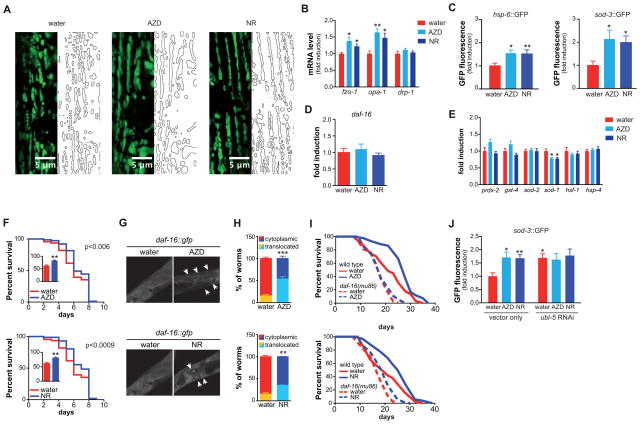Figure 4. Late phase effects of NAD+ boosters on mitochondrial aging pathways.
(A) The effects of AZD2281 (100 nM) and NR (500 μM) on mitochondrial content and morphology in body wall muscle. At day 3 of adulthood, mitochondria of AZD2281- or NR-treated worms appear more fused. Stars represent nuclei, insets show higher magnification of a small section of the image, marked by dashed rectangle.
(B) At day 3 of adulthood, AZD2281 and NR increased the expression of mitochondrial fusion genes fzo-1 and opa-1, without affecting the fission gene drp-1.
(C) At day 3 of AZD2281 (100 nM) or NR (500 μM) treatment, UPRmt is still activated (left panel), but now accompanied by an induction of the sod-3::GFP reporter (right panel).
(D–E) AZD2281- and NR-treated worms showed no change in daf-16 expression (D) or activation of expression of other stress genes (E).
(F) Supplementation of PARP inhibitor AZD2281 (100 nM) or NAD+ precursor NR (500 μM) increases mean lifespan of wild type N2 worms treated with 4 mM paraquat. p-values are shown in the graph.
(G) Representative images of daf-16::GFP reporter worms treated with either vehicle or AZD2281 (top)/NR (bottom), showing nuclear accumulation of daf-16 following treatment, indicated by arrowheads.
(H) Quantification of daf-16 nuclear translocation following treatment with AZD2281 (top), NR (bottom). Localization is shown as percentage of worms that shows nuclear (yellow or light blue) or cytosolic (red or dark blue) localization
(I) Lifespan extension following AZD2281 or NR treatment is dependent on daf-16.
(J) The induction of sod-3::GFP reporter following AZD2281 or NR treatment is dependent on the UPRmt regulator ubl-5.
Bar graphs are expressed as mean±SEM, * p≤0.05; ** p≤0.01; *** p≤0.001.
See also Figure S4–5. See Table S1 for additional detail on the lifespan experiments.

